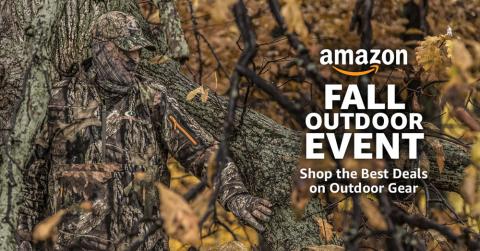Jeff Dennis | Originally published in GameKeepers: Farming for Wildlife Magazine. To subscribe, click here.
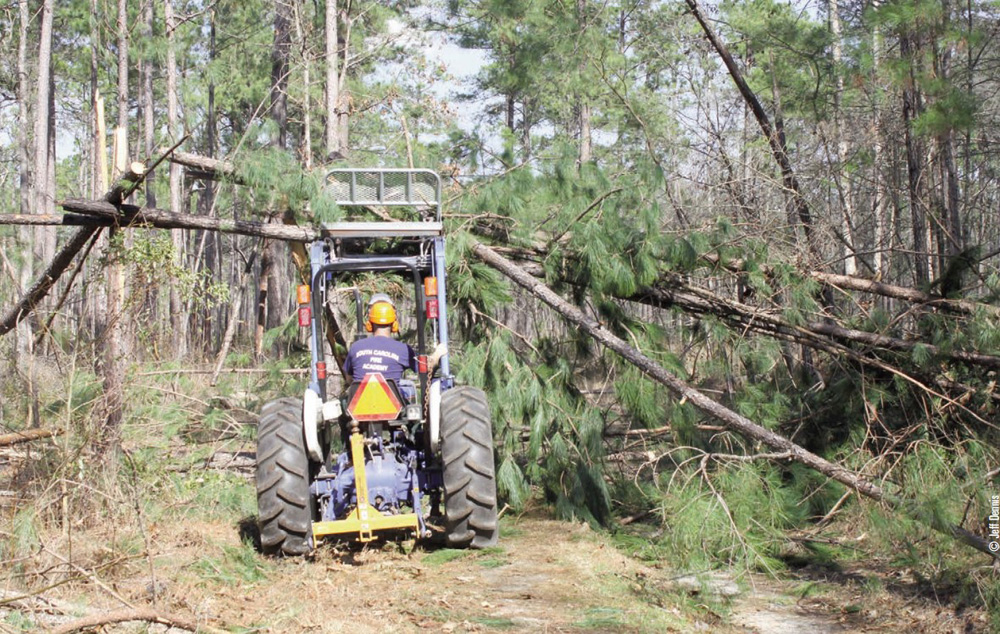
Except for the assignment of preparing firewood, many land managers don’t spend much time using a chainsaw. Picking up a chainsaw might only occur during certain activities like maintaining firebreaks, cleaning up storm damage or maintaining a fence-line. Oftentimes, when we grab a saw and go for one of these smaller jobs, everyone jumps into high gear and sometimes safety is only a second thought.
Choosing a Chainsaw
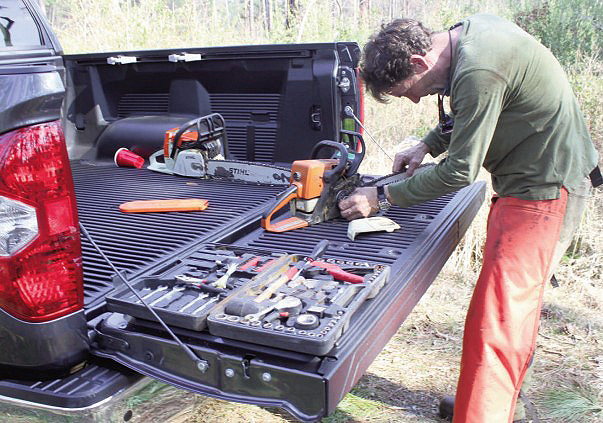
A bow-saw and an axe still have their place in every tool shed, but when it comes to doing a full day’s work of cutting wood, the chainsaw is by far the most valuable tool. Modern options include electric saws, but unless one is working very near to a house or barn, then electricity is not really an option. A gas powered two-cycle chainsaw is the most practical choice. A pole-saw is another must-have tool for pruning overhead or hard to reach limbs/branches.
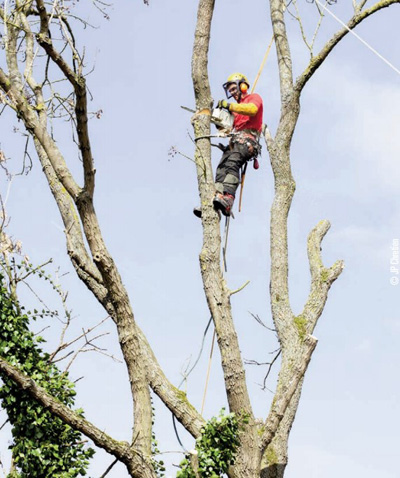
A good choice for moderate duty would be a chainsaw with a 16 to 18-inch bar. Other options range from an eight-inch bar for something like limb pruning, all the way up to a professional grade saw with a 24-inch bar for cutting large trees. The weight of the medium-sized choice is another appealing feature, because it allows for longer use before one’s arms tire. The larger the saw, the greater the vibration absorbed, and older land managers always take care to avoid unnecessary wear and tear.
A chainsaw will require fuel, bar chain lube and a “scrench” (wrench-like tool used for chainsaws) or other tool to adjust the bar and chain. The chain can expand a little during prolonged use, and if the operator sees any belly in the chain, then the scrench will tighten it up. Eventually one needs a file to sharpen the teeth on the chain, especially if any burrs occur from heavy use. Some will want an extra chain on hand, so remember to look at pitch and gauge specifications in the owner’s manual, in order to purchase the right match.
The chainsaw should carry a label detailing the type of fuel mixture required, with a 50:1 or 40:1 mix being the most common. Small two-cycle engines do not work well with ethanol-based fuels, especially when it comes to erosion of fuel lines, and the long storage times that chainsaws are likely to receive. A good option is to purchase a premixed ethanol-free high-octane fuel and oil mixture for added peace of mind, because trying to pull-start a chainsaw without the correct fuel inside can be a tiring and time-consuming process.
Chainsaw Safety Tips and Methods
Professionals like loggers, commercial tree trimmers and utility linemen don’t take chainsaw safety for granted, and neither should gamekeepers. Scott O’Quinn is a Battalion Chief with the Colleton County Fire Department in S.C., and has worked in the West at times to help fight wildfires. He has completed courses on chainsaw safety and has gained valuable experience in the field. “When it comes to wearing Personal Protective Equipment or PPE when cutting trees, that includes helmet, gloves, chaps and more,” said O’Quinn.
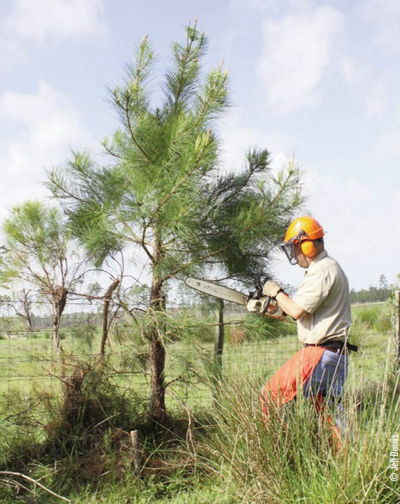
we have time to plan for safety. However, when we receive
storm damage we often just grab the saw and go. Store
your safety gear with your saw so you always have it when
needed.
“A typical woodsman hardhat will provide built-in protection for your scalp, eyes and ears,” said O’Quinn. “The ear muffs are attached to the helmet and the two-position wire mesh face shield keeps unwanted sawdust and debris out of your face. Unlike wearing safety glasses that can fog from warmth and moisture, the ventilation of the shield makes it my preferred choice. Chainsaw chaps are filled with material that is designed to bind up or bog down a moving chain, giving you a valuable moment of reaction time. The chaps fasten above the waistline and extend down the front of your legs, apron-style. Always wear gloves to keep your hands protected from burns or small injuries like blistering.”Many chainsaw accidents happen when the blade kicks back on the operator, so always be thinking about foot placement and one’s balance while cutting. Some chainsaw operating tips to avoid kickback are to run the saw at the highest speed when cutting, avoid using just the tip of the saw, and do not cut limbs that are above shoulder-height. Remember to manually activate the chain brake immediately after cutting for maximum safety.
Cutting methods can also be valuable when it comes to safety, such as making an undercut first on any overhanging limb. The undercut ensures that the limb will fall straight down when the top cut is completed; eliminating the scenario where the limb hangs or swings by that pesky tongue of bark that bends but seldom breaks. Having a limb or a tree fall where you desire is always going to increase the measure of your safety.
“An open-face cut on a tree removes a wedge from the tree on the side where you want it to fall,” said O’Quinn. “Making your hinge cut on the other side, just a bit higher than the other cut is one of the most basic tree cutting methods we have. And in the case of multiple trees down in a heap, beware of spring-loading tension where a cut could cause limbs to snap back with uncertainty. Try to find the middle area of the tension, so when the cut is applied both pieces peel away from you.”

axe and a hatchet.
Trees under torque can also sometimes cause the chainsaw chain to bind in the tree and shut down. Sometimes the chainsaw can be retrieved, but only after the chain comes off of the saw, which is why having a second chainsaw on hand is always a good idea when doing any big jobs. Another trick to free up a chainsaw stuck in a tree is to tap a small axe blade into the same hinge where the saw blade is in order to pry it out.
A limbing axe, shorter and lighter than a standard axe, can be a handy tool to have on hand for other reasons too. At two and a half pounds and just 25-inches long, this axe is easily transported and can be just right for a change of pace from steady chainsaw work. Also, if you are fortunate to have more help on hand than needed, let someone be on standby with the axe to make them feel more involved. A youthful gamekeeper in training might also be a good candidate to wield the limbing axe.
When clearing a fence line of nuisance trees that grow up over time, we pick the time and day we want to work. But in terms of storm damage, those wanting to restore access roads and maintain aesthetics are pressed into duty.
Areas affected by spring tornadoes and strong summer storms understand that the chainsaw may rest in the shed for a good while, only to get picked up one day with urgent need. There won’t be a note on the chainsaw saying not to use it without safety equipment. Rather it takes calm thinking of a veteran land manager to remember to grab all the necessary gear before heading to take care of any tree cutting job.

















